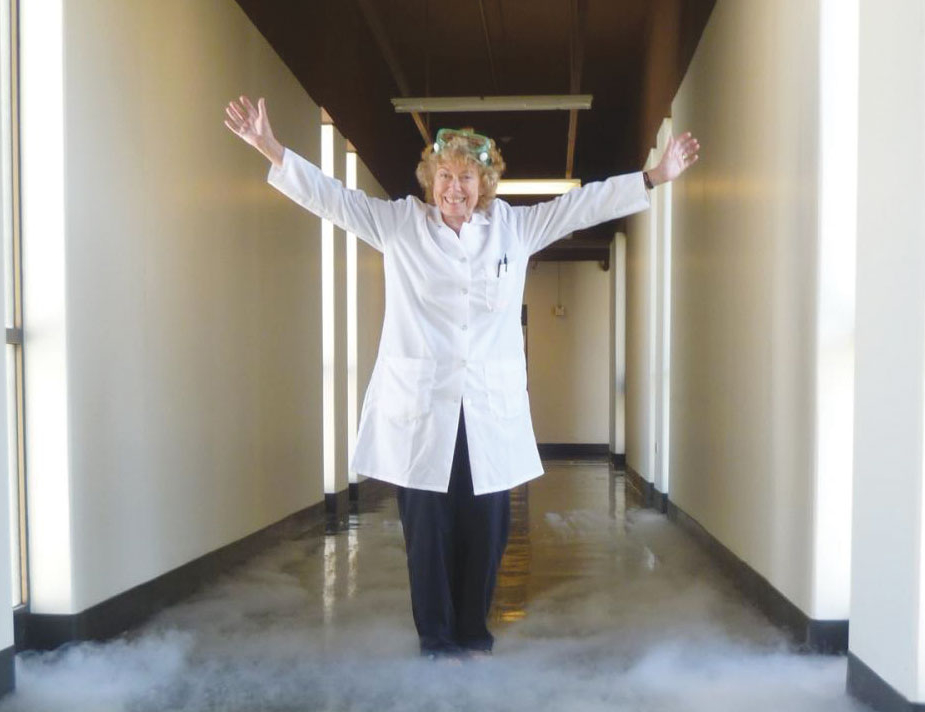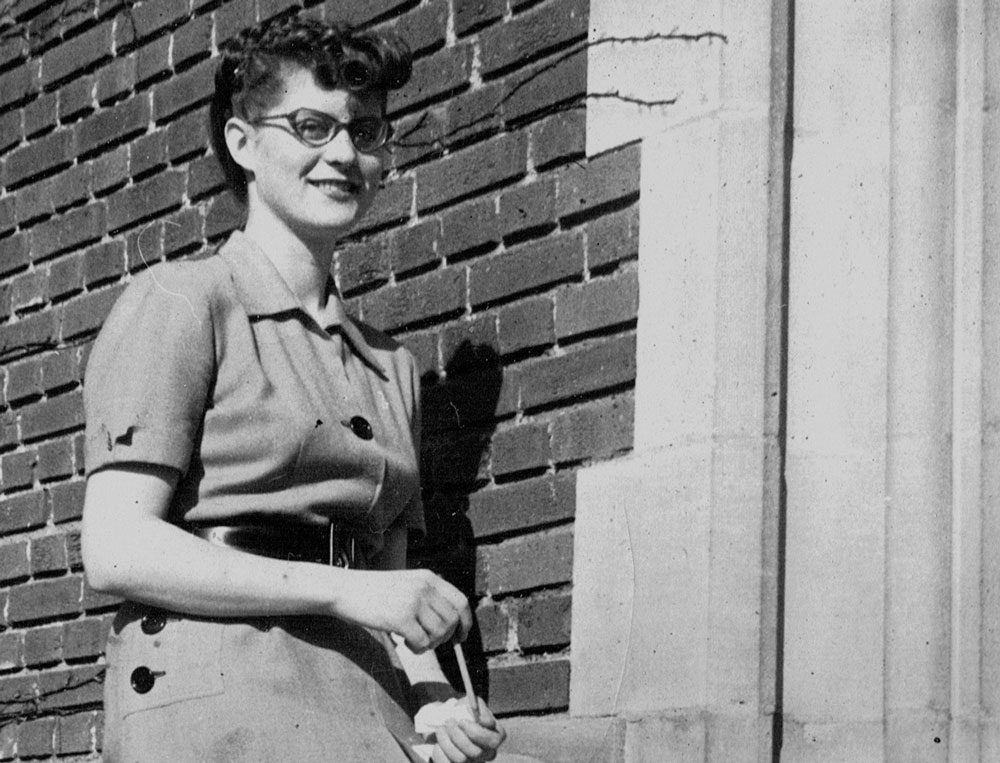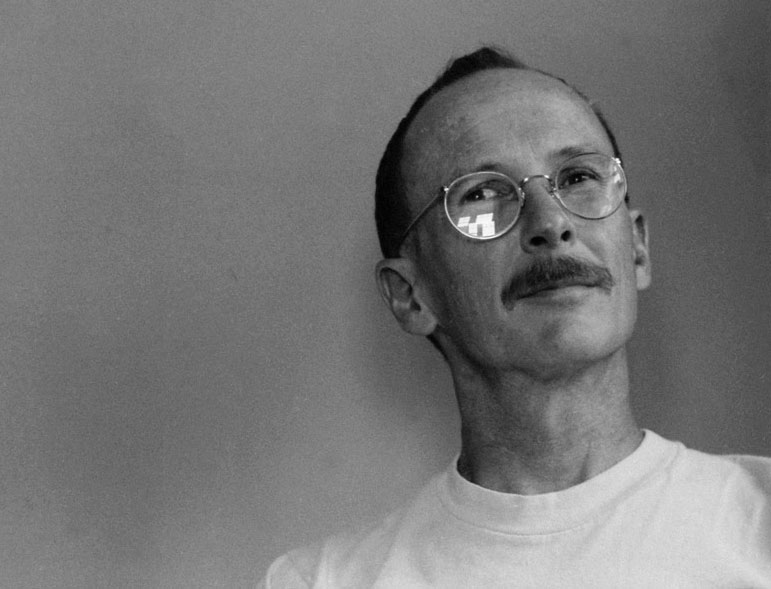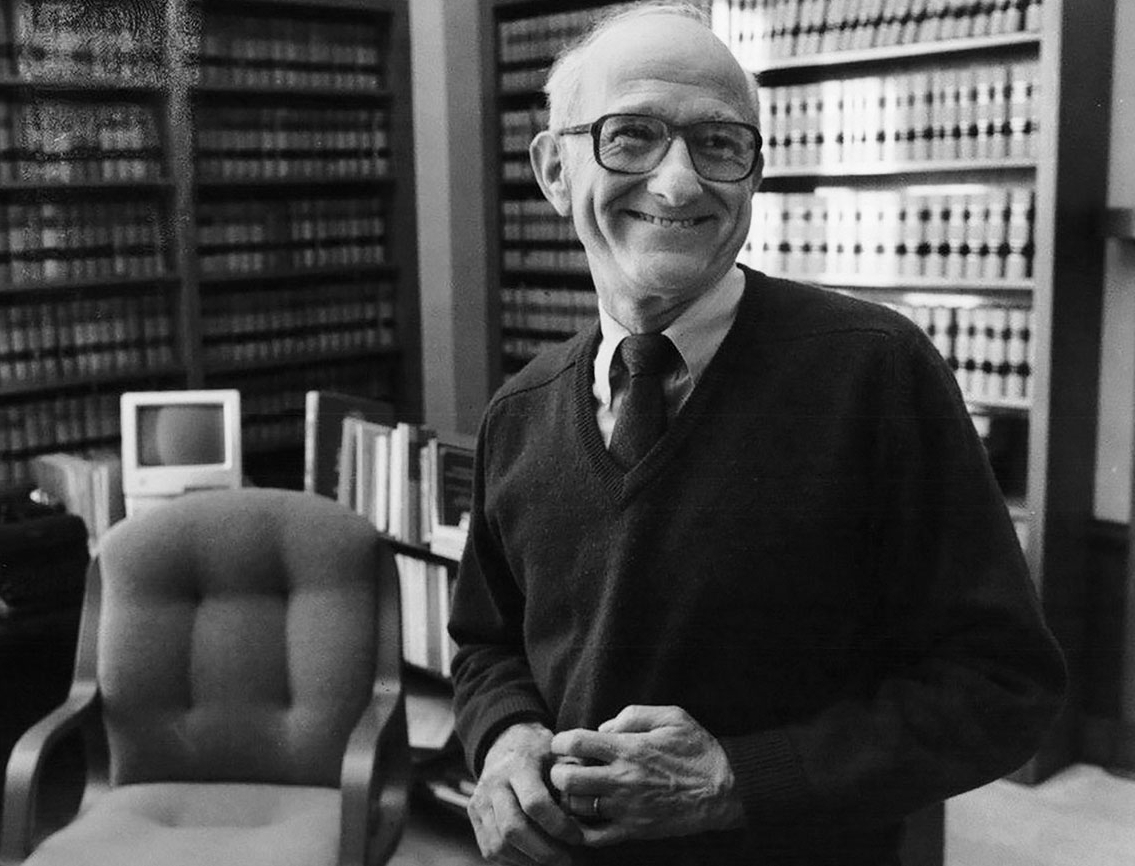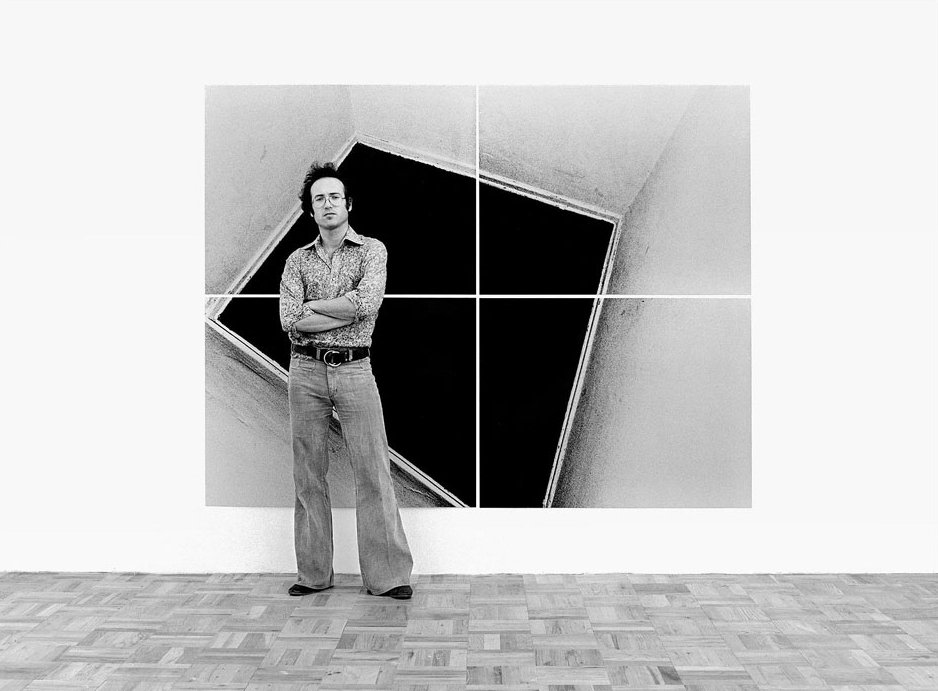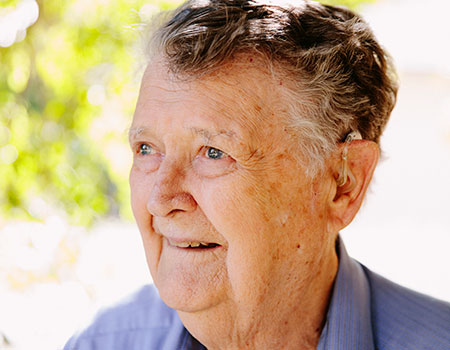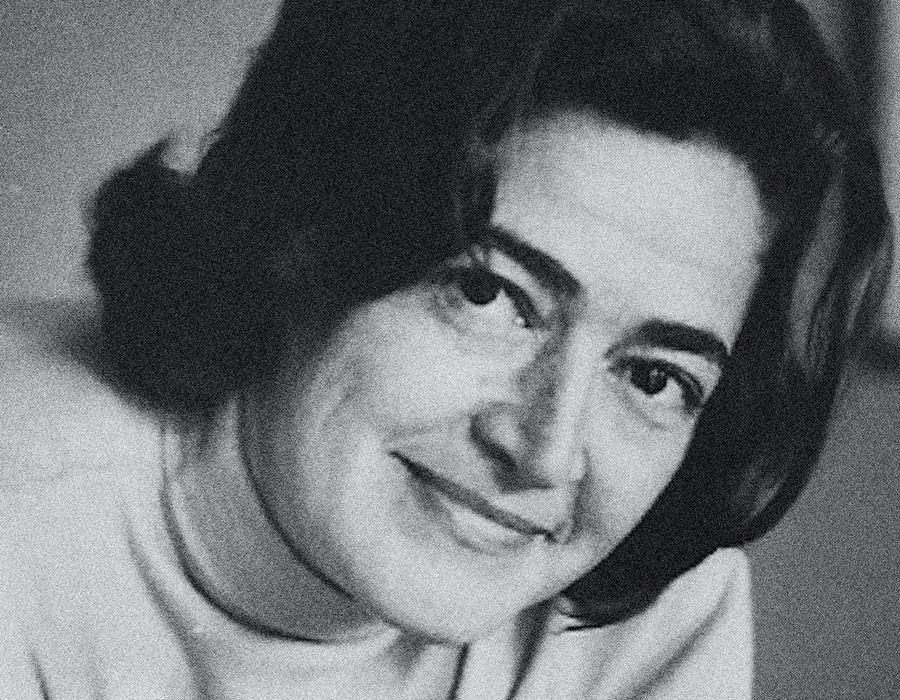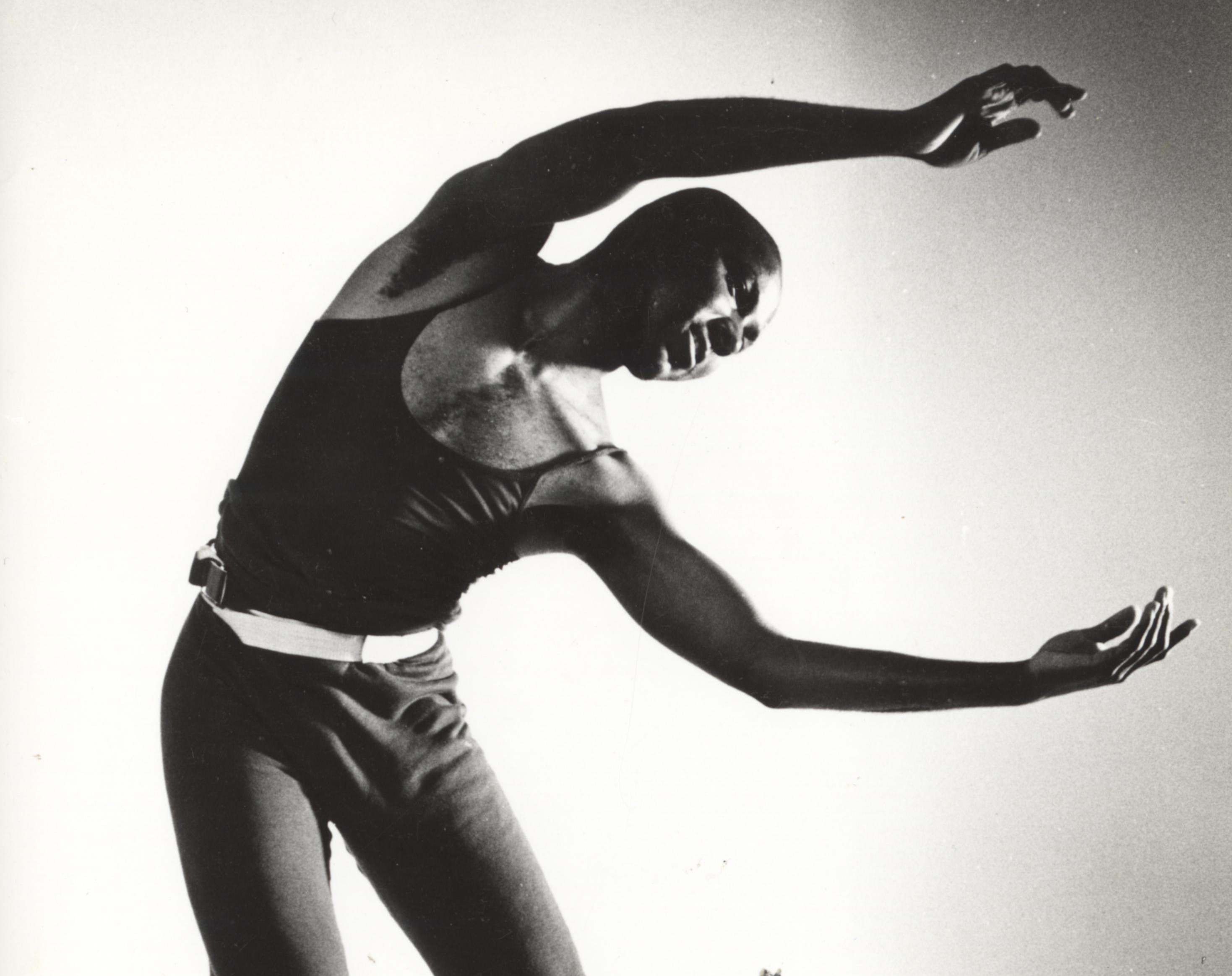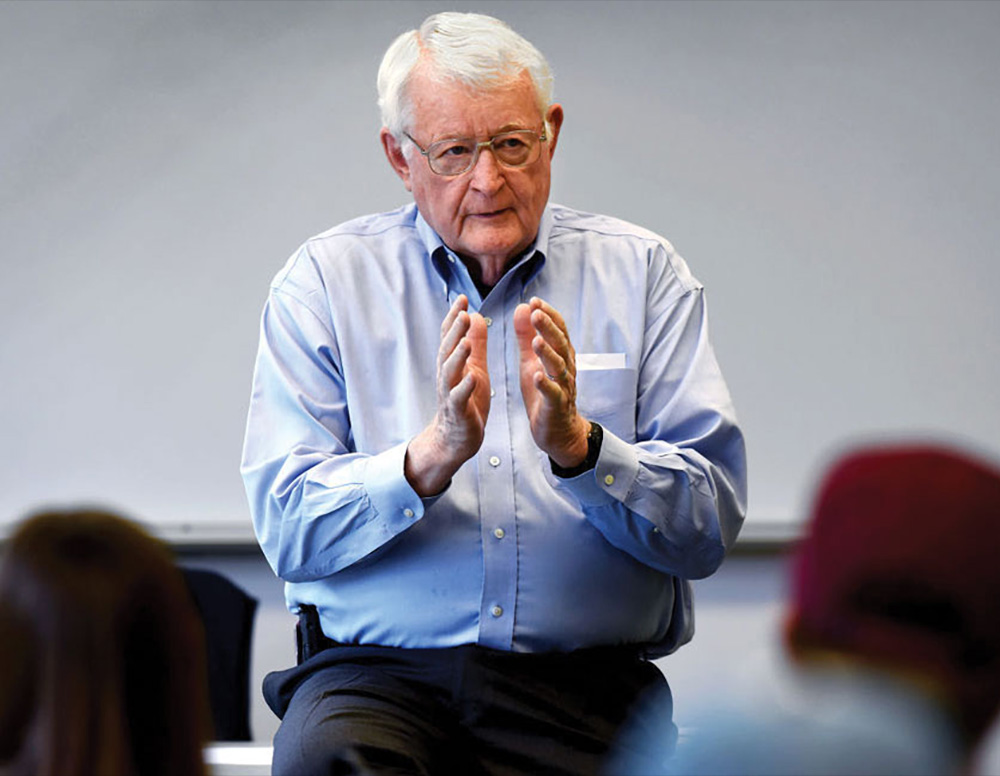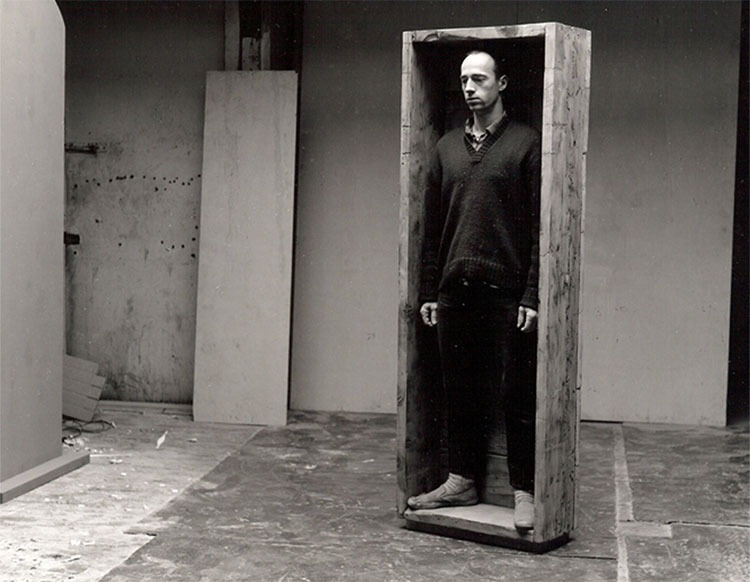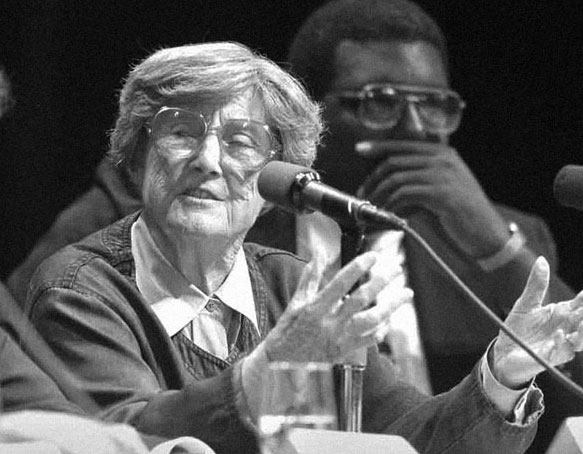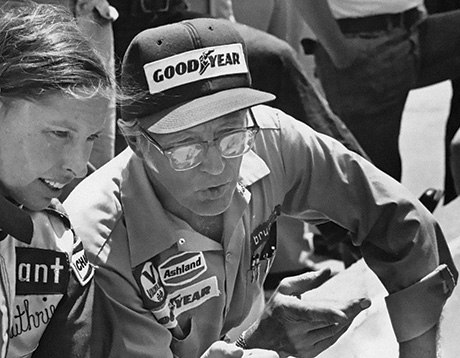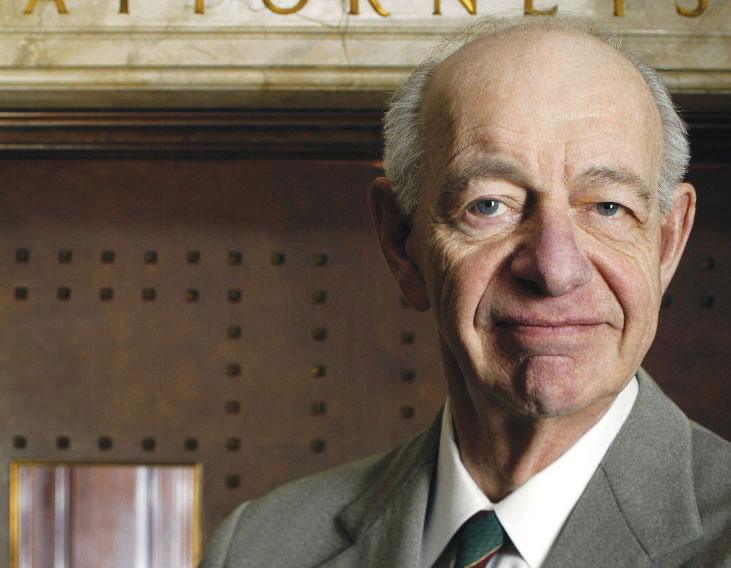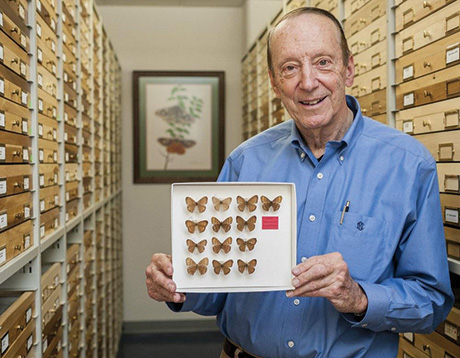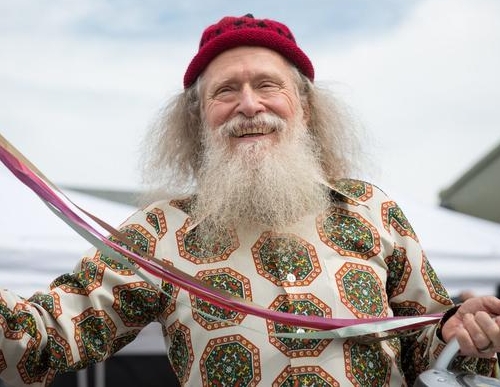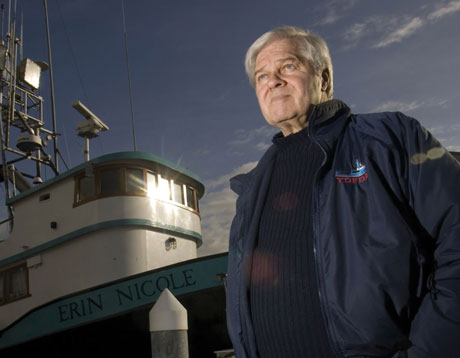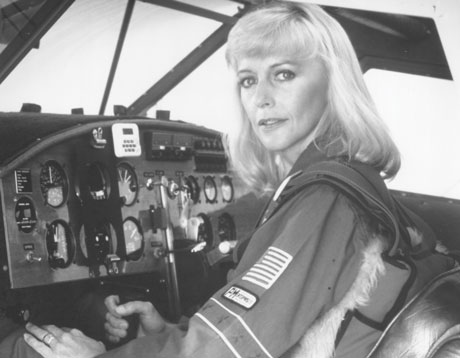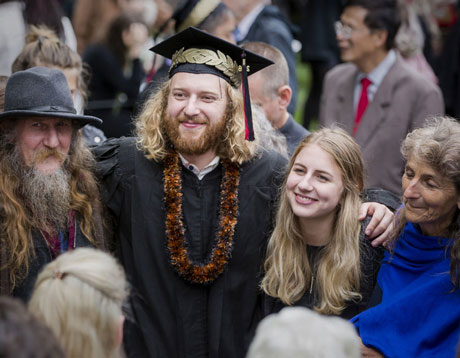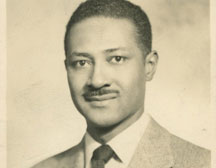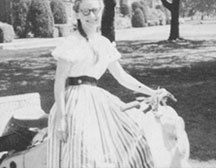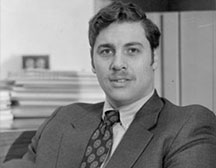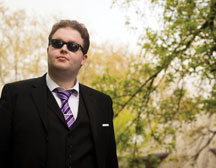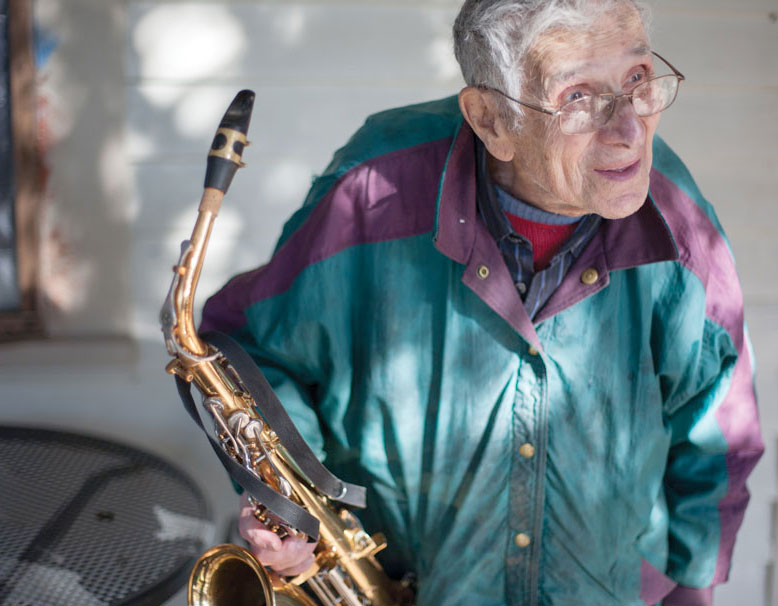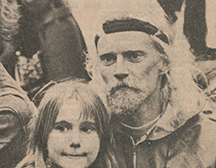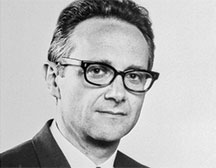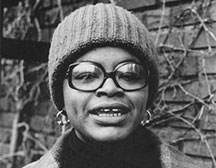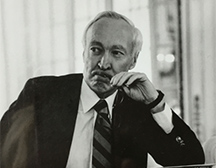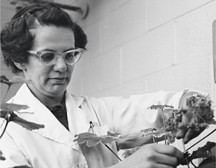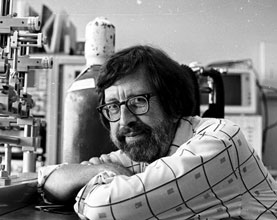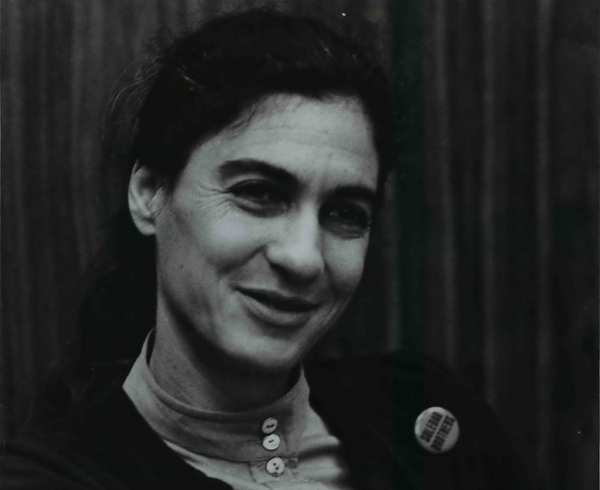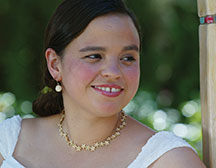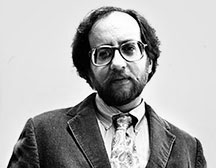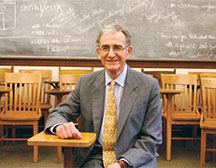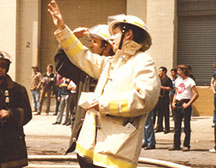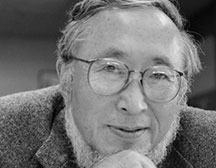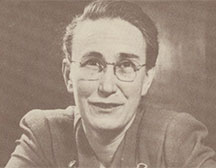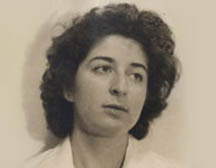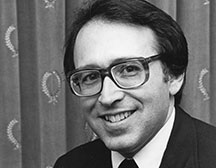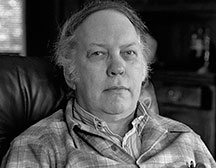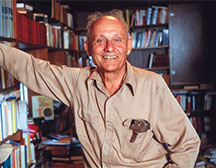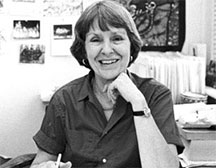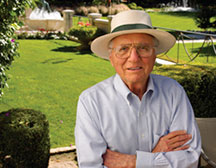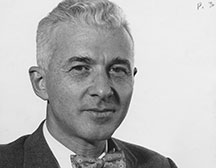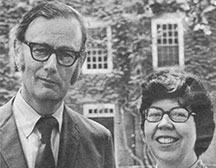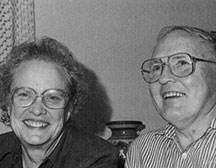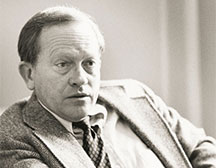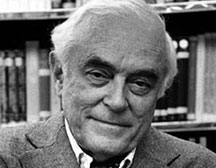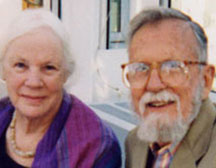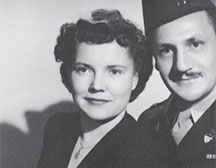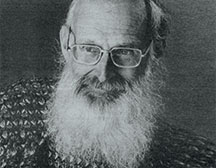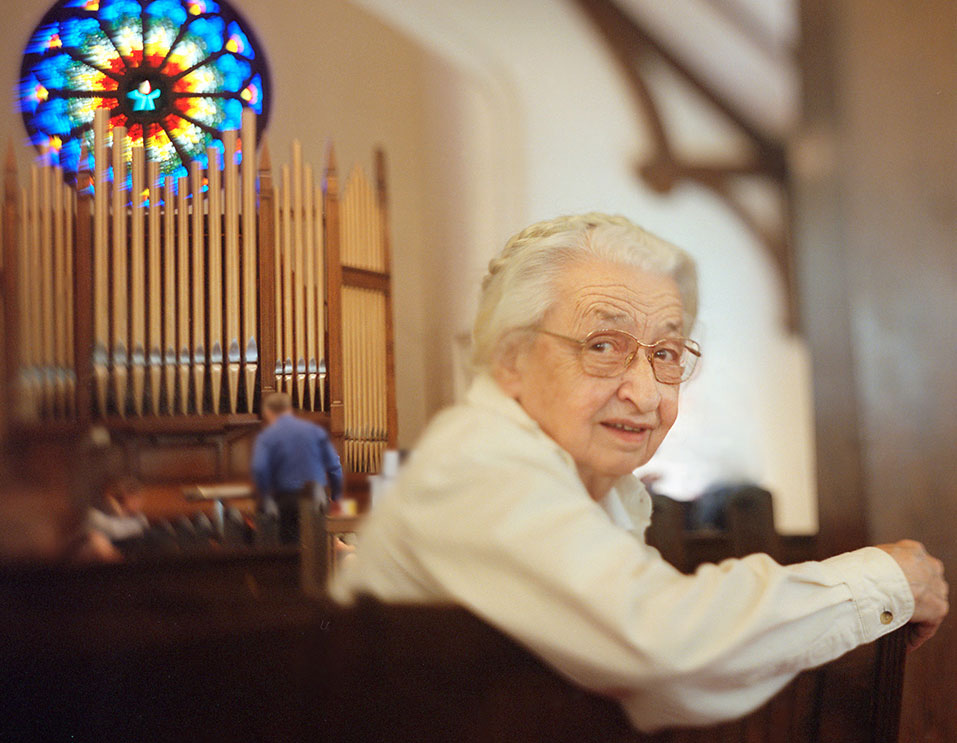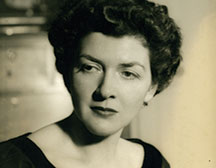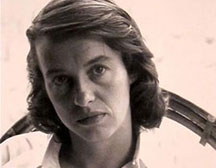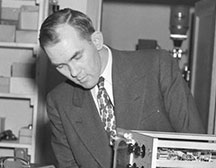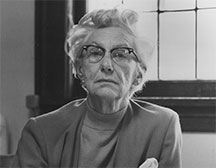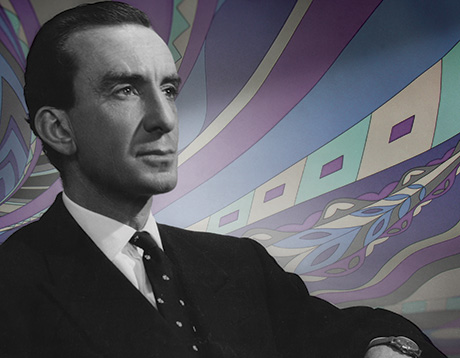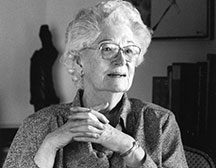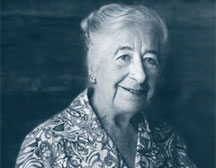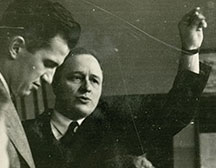Brilliant surgeon, tragic accident
Arthur John McLean ’21
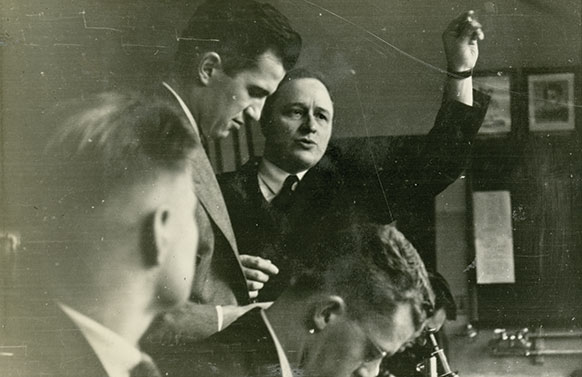
Pioneering neurosurgeon Arthur McLean was a polarizing figure in Oregon's medical community. Photo courtesy of Oregon Health and Science University, Historical Collections and Archives
Dr. Arthur McLean ’21 died on December 7, 1938, when his car veered off a steep turn on Northwest Cornell Road in Portland’s West Hills, crashed through a guardrail, and came to rest on the edge of a cliff, its wheels hanging precariously over the canyon below. Rescuers found his body 10 feet from the car, a handkerchief tied around a deep wound on his head. The engine was still running.
Just 44 years old, McLean was a controversial figure in medical circles. Portland’s first trained neurosurgeon, he had published more than two dozen medical articles on everything from paraphysical cysts to intractable pain. Demanding perfection of himself and others, he frequently clashed with fellow physicians and resigned from the faculty at the University of Oregon Medical School not once but twice.
Some said that he had committed suicide; others insisted that he would never have taken his life. “McLean simply wasn’t the kind to kill himself,” one Portland physician told the Oregonian. “He was the sort who would want to stick around, just to prove that all he had said was right.”
Whatever the cause, there is no doubt that the accident cut short the life of one of Oregon’s most brilliant surgeons.
Arthur John McLean entered Reed in fall 1917 as a graduate of Franklin High School in Seattle. After his first semester, he was called up to serve in World War I with the 41st Division in France. He returned to the college in spring 1919 and quickly developed a reputation as a man in a hurry. “Edison has the sleeping sickness compared to Art,” noted editors of the 1921 Griffin. He was notably the “busiest man on campus,” said classmates; “unstintingly” supporting a wide range of campus causes and organizations. He was the dominant tenor in the chorus, a feature writer for the Quest, a member of the literary club, the Quills, and a wrestler. He also distinguished himself on stage as “one of the best actors Reed has ever known,” appearing as the lead in Reed Drama Club productions such as J.M. Barrie’s Pantaloon and Chekhov’s A Marriage Proposal.
Art served as a faculty and administrative student assistant, and was president and “papa” of House G, where he endeavored to teach fellow housemates “the beauty of knowledge.”
During his senior year, Art carried six subjects and wrote his thesis on “The Early History of the Primordial Germ Cells of the Chick” to earn his BA in biology.
After graduation, he went to Johns Hopkins and earned an MD in 1925. He then interned at Peter Bent Brigham Hospital (Brigham and Women’s Hospital), where he studied with Harvey Cushing, the father of modern neurosurgery. He also studied with the celebrated neurosurgeon Otfried Foerster in Breslau, Germany.
Art returned to Portland in 1931 as clinical instructor in surgery and neuropsychiatry at the University of Oregon Medical School (OHSU), later becoming an assistant professor of pathology and clinical associate in surgery and neuropsychiatry. He also maintained a private practice in Portland, opening an office in the Medical Arts Building.
From the McLean Collection at the OHSU archives, we know that he gave the impression of being brash, disrespectful, and hot-headed. But the record also portrays a man of reason, who could not stand dishonesty and hated stupidity. His fellow faculty members pronounced him a “brilliant” physician, his teaching work “beautifully” organized, and that he was a “magnetic” person in the eyes of the medical students.
Dr. Cushing was always supportive of his work: in 1936 Cushing pronounced his paper on cerebral neuroepithelioma “a perfectly bang-up piece of work. We are delighted with it . . . it is certainly the best worked-up case in the literature.” Cushing encouraged him not to apologize for his youth. Foerster was equally confident and affectionate. He invited Art to contribute to his Handbuch der Neurologie in 1936. Art authored two chapters, “Intracranial Tumors” and “Pituitary Tumors.” Requests for reprints came from around the world.
Art’s operative record speaks well of his competence as a neurosurgeon. His mortality rate in 55 operations over 6 years was 21.8% and compared well with other leaders in his field.
But Art fell into bitter disagreements with his colleagues. In November 1937, he delivered a scathing 80-minute report titled “Brain Tumors Always Die: A Satiric Parade,” before the Multnomah County Medical Society in which he lashed out at certain members of the medical profession. In this diatribe he denounced those who still believed that brain tumors represented a death sentence: “Among the enlightened places where one would expect not to find doddering adages still extant are hospitals. Yet the title of my paper, “Brain Tumors Always Die,” is the factual recording of a remark made preoperatively on three widely separated occasions to different patients of mine by the sisters in a Portland hospital. The first time it occurred I believed it was but a repetition of the 1890 adage; the second time I wondered if that was the sole reason; and after the third, I took my patients elsewhere, believing it useless to attempt cooperation for the patient’s benefit in such atmosphere . . .”
In 1937, he resigned from the medical school, but returned at the behest of his colleagues, continuing as assistant professor of pathology until 1938, when he once again resigned. He went on to teach, independently, a course for clinicians in neurological diagnosis and neurological surgery at Good Samaritan Hospital.
In tribute to Art it was said that “No one, anywhere, ever exemplified a finer loyalty, a more loving nature, the kindliness of his contacts with his students and those who wanted to learn from him was at times emotional in its quality. No one will know, except those who were truly his apostles, how much of himself he gave to teaching. In it he was consumed not by an ideal of self-aggrandizement but by an unquenchable thirst for the truth behind all the didacticism . . . Could McLean have achieved a serenity of spirit to match the true greatness of so much of his character, his intellectual and spiritual stature might have been limitless. But he had very strong prejudices and feelings and had developed a deep prejudice . . . Dr. Arthur McLean leaves accomplishments, which will dwarf the best of his detractors. In the proper setting, with more wisdom and understanding on the part of his associates, he could, had he conquered his small bitternesses, have become a world figure.”
According to his attorney, his affairs were in order down to the smallest detail. His undated will was given national publicity: “To 95% of Portland’s medical practitioners and their ethics, and the whole local organized medical profession, a lusty, rousing belch. To Portland’s thieving patients, the haphazard care they will receive for their chiseling tawdriness. I desire that there be no funeral service of any sort; that the eleventh stanza of Swinburn’s ‘Garden of Proserpine’ and the entire ‘Thanatopsis’ of Bryant be read aloud over my body by a lay person; that my cremated body’s ashes be strewn by a paid employee on the waters of the straits of San Juan de Fuca.”
And “To my name, oblivion,” Art declared in his last will and testament. The unexamined records of A.J. McLean have lain silent for nearly 70 years. There is little evidence to warrant censure or to condemn his name to oblivion, yet up until this point in time it appears to have been accomplished.
Art was survived by his wife, Gladys M. Bragg McLean, whom he married in Maryland in 1922, and his parents and two brothers.
GO FURTHER
This article is adapted from a longer piece by Karen Lea Anderson Peterson, now retired archivist and assistant professor at OHSU, which appeared in Invention and Innovation: The Founders of Neuroscience in Oregon, with additional research by Laurie Lindquist.
Read more about Reed and the medical arts in our feature Pathogenius.
Appeared in Reed magazine: June 2015
comments powered by Disqus
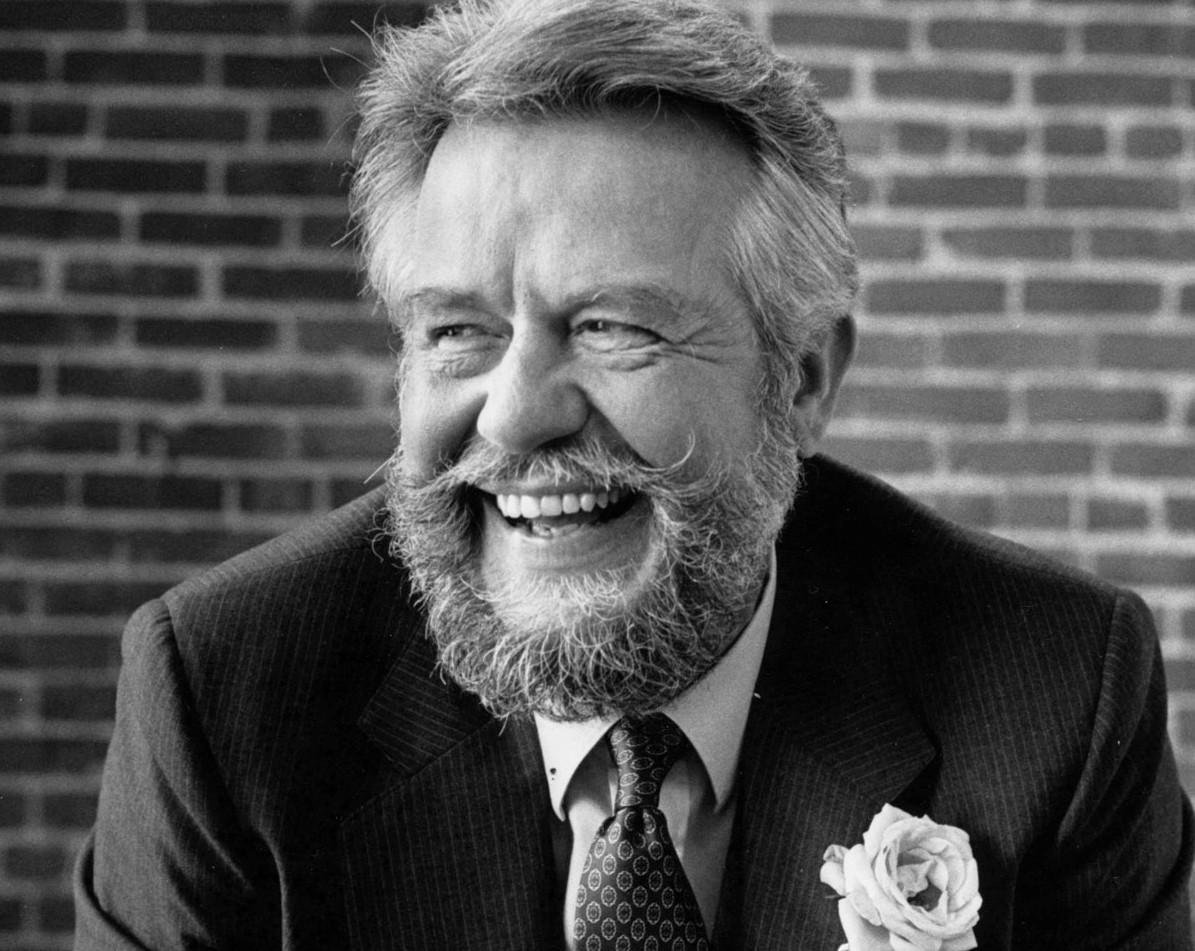
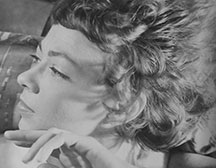
![Photo of Prof. Marvin Levich [philosophy 1953–94]](https://www.reed.edu/reed-magazine/in-memoriam/assets/images/2022/LTL-levich1.jpg)
![Photo of President Paul E. Bragdon [1971–88]](https://www.reed.edu/reed-magazine/in-memoriam/assets/images/2020/Bragdon.jpg)
![Photo of Prof. Edward Barton Segel [history 1973–2011]](https://www.reed.edu/reed-magazine/in-memoriam/assets/images/2020/Segel.jpg)
